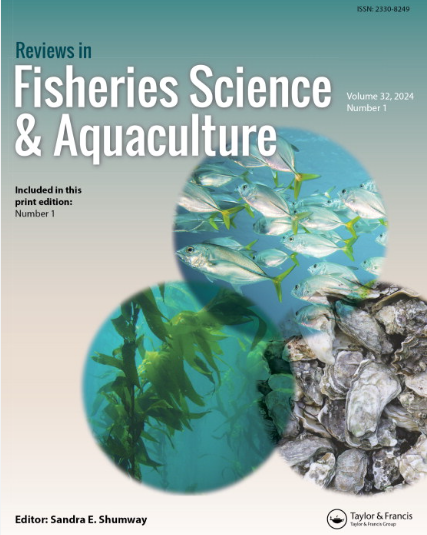渔业创新需要社会技术方法
IF 5.3
1区 农林科学
Q1 FISHERIES
引用次数: 3
摘要
摘要我们回顾了导致脉冲拖网发展的创新过程,该拖网在商业规模上成功进行了试验,但最终以欧洲议会通过立法禁止其使用而告终。尽管已公布和新出现的证据表明,脉冲拖网的环境性能和捕捞效率优于传统的束流拖网设计,但还是实施了这项禁令。我们使用利益相关者问卷来了解哪些因素破坏了脉冲拖网的广泛接受。主要因素是,在这一过程的早期,某些关键利益相关者缺乏参与,这将确保更好地共同发展创新,并对需要解决的环境或治理问题有一个共同的愿景。尽管利益攸关方程序本身被认为是积极的,但在创新过程中实施得太晚了,独立同行审查程序的实施也是如此。最后,我们确定了未来渔具创新过程的途径,该途径整合了从脉冲拖网创新过程中吸取的经验教训。本文章由计算机程序翻译,如有差异,请以英文原文为准。
Socio-Technical Approaches are Needed for Innovation in Fisheries
Abstract We reflect on the innovation process that led to the development of the pulse trawl that was successfully trialed at a commercial scale, but eventually ended with the European Parliament passing legislation to ban its use. The ban was imposed despite published and emerging evidence that suggested that the environmental performance and catch efficiency of the pulse trawl was superior to the conventional beam trawl design. We used a stakeholder questionnaire to understand which factors undermined wider acceptance of the pulse trawl. The main factors where a lack of involvement of certain key stakeholders earlier in the process that would have ensured better co-development of innovation and a shared vision of the environmental or governance questions that needed to be addressed. Although the stakeholder process itself was seen to be positive, it was implemented too late in the innovation process, as was the implementation of an independent peer review process. We conclude by identifying a pathway for future fishing gear innovation processes that integrate the lessons learnt from the pulse trawl innovation process.
求助全文
通过发布文献求助,成功后即可免费获取论文全文。
去求助
来源期刊

Reviews in Fisheries Science & Aquaculture
FISHERIES-
CiteScore
25.20
自引率
0.90%
发文量
19
期刊介绍:
Reviews in Fisheries Science & Aquaculture provides an important forum for the publication of up-to-date reviews covering a broad range of subject areas including management, aquaculture, taxonomy, behavior, stock identification, genetics, nutrition, and physiology. Issues concerning finfish and aquatic invertebrates prized for their economic or recreational importance, their value as indicators of environmental health, or their natural beauty are addressed. An important resource that keeps you apprised of the latest changes in the field, each issue of Reviews in Fisheries Science & Aquaculture presents useful information to fisheries and aquaculture scientists in academia, state and federal natural resources agencies, and the private sector.
 求助内容:
求助内容: 应助结果提醒方式:
应助结果提醒方式:


